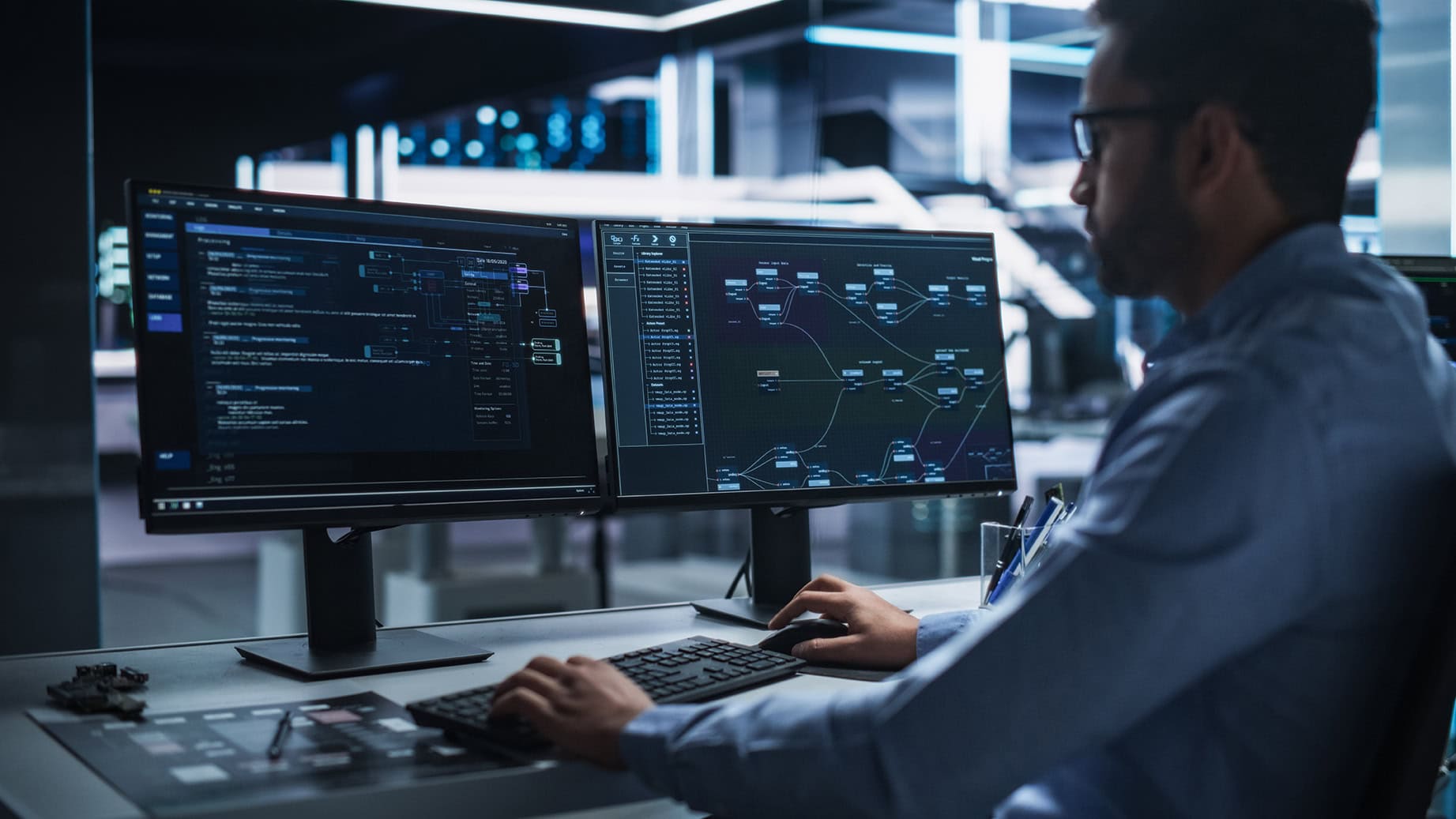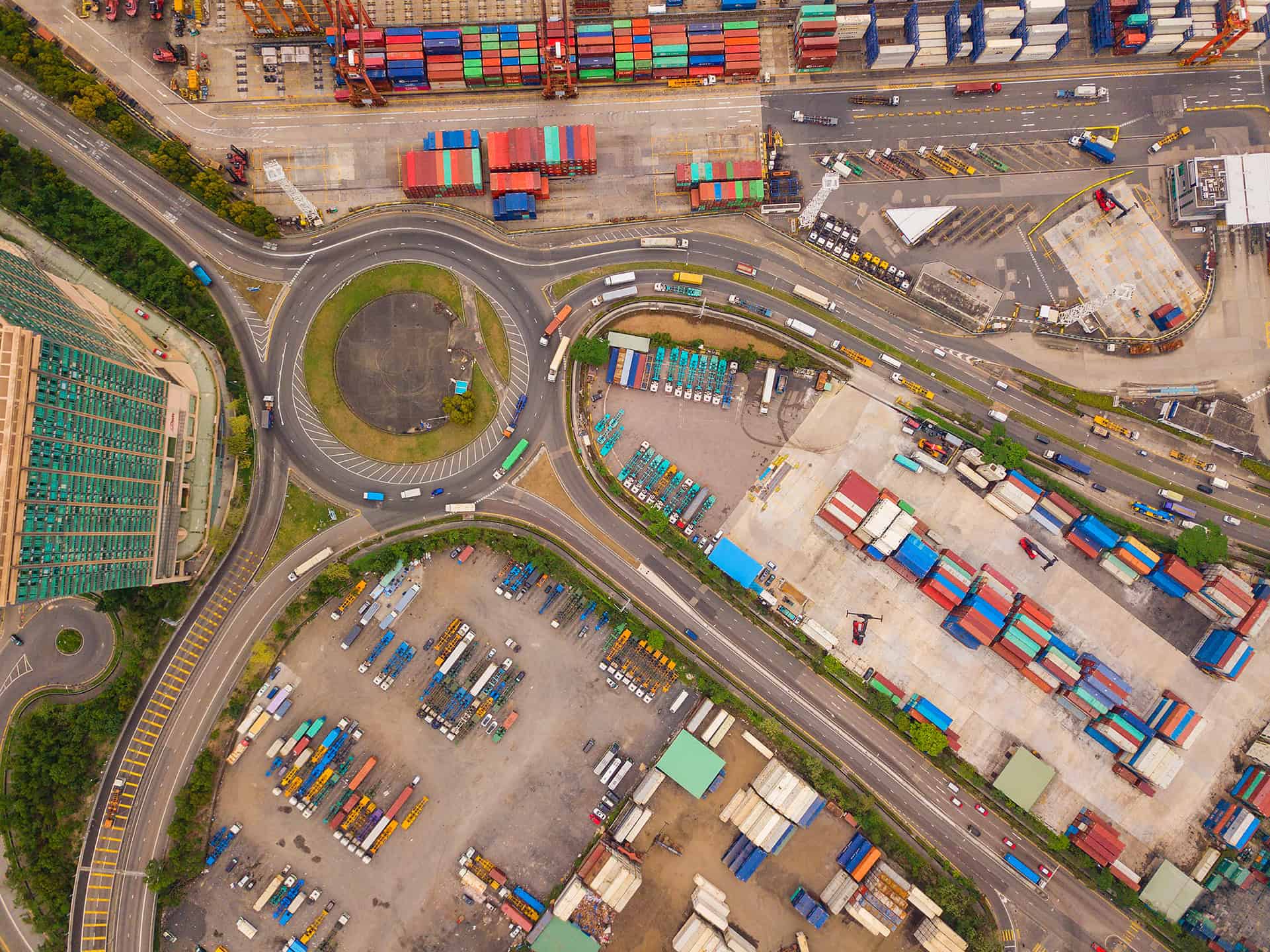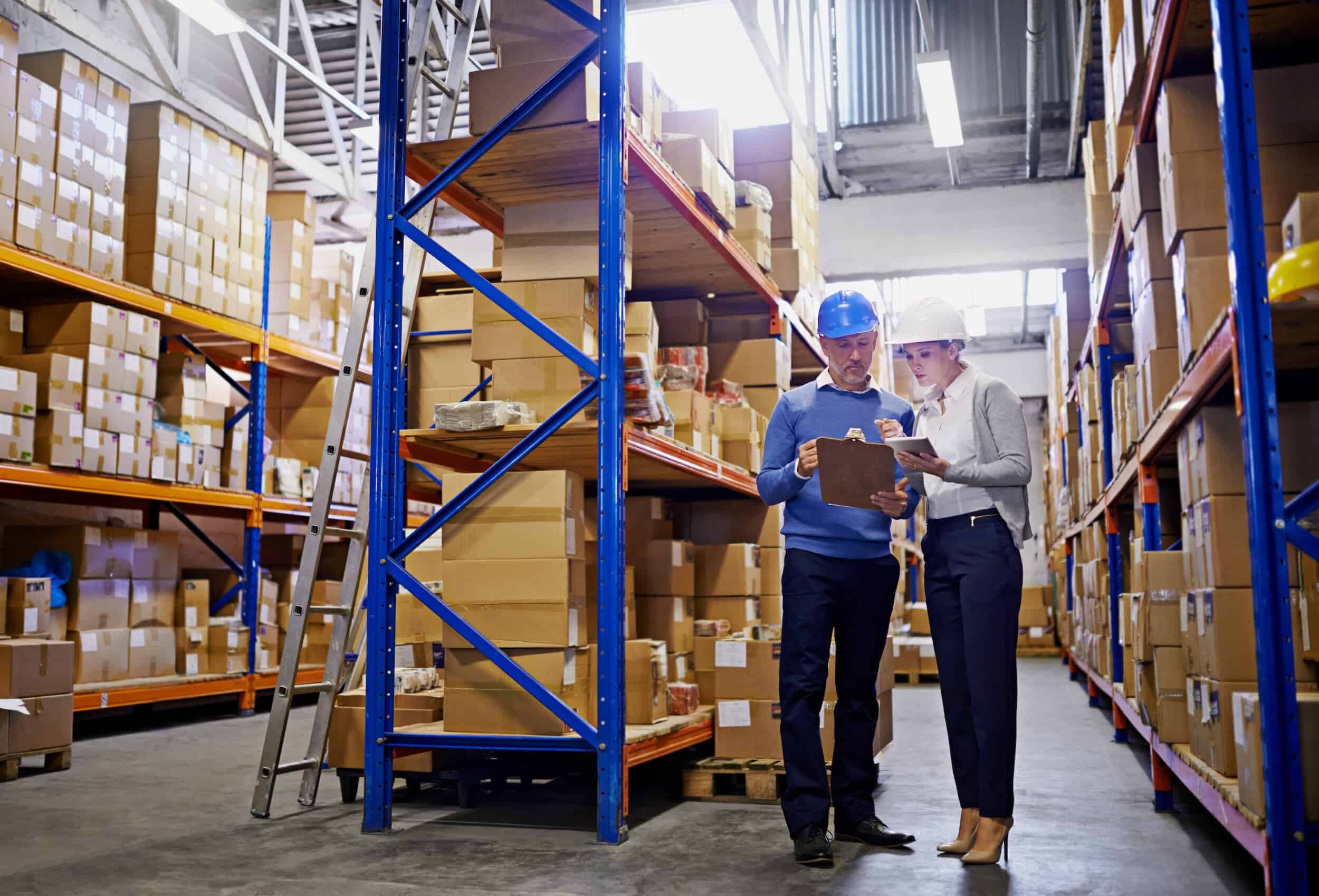
More than global trade content. It’s real-time intelligence you can act on.
Do you feel like global trade compliance is a game you just can’t seem to beat? Between keeping tabs on shifting tariffs and duties, deciphering restricted party lists and sanctions, managing trade can feel like playing chess blindfolded. Fortunately, tools like e2open’s Global Knowledge® are empowering businesses to streamline trade operations, dodge compliance risks, and stay sharp and competitive. In this blog, we’ll dive into key challenges organizations face when managing global trade content, and how a trade content tool can make it easier.
Global trade content is expansive
International trade spans hundreds of countries, territories, and jurisdictions, each governed by unique standards and requirements. Even a small oversight in compliance can lead to shipment delays, legal penalties, or soaring costs. It’s a complex game where attention to detail is everything.
Here’s what makes global trade content so complex to manage:
Import and export rules
Over 5,000 government agencies in over 236 countries and territories issue regulations that dictate what goods can enter and leave their borders. These regulations change frequently, and are often available only in local languages, contain unclear or confusing text, and are not easily accessible.
Tariffs and duties
Globally there are an extraordinary number of commodity code classifications (known as Harmonized Tariff or HTS/HS numbers). These codes, with multiple associated tariff rates, footnotes, and rulings, total millions of records. Further complicating matters, they change frequently – in response to dynamic trade policies and economic trends.
Compounding this complexity, Export Control Classification Numbers (ECCN’s/ECN’s) are used by dozens of countries worldwide to manage and control exports requiring licenses or license exceptions. Some countries also employ export HS numbers to control exports, while numerous others classify products for military use.
Restricted party lists
Did you know that there are nearly 1,000 restricted party lists (aka. denied persons lists) globally? These lists contain millions of names and addresses of people and companies you are not allowed to do business with. Many of these lists change daily, are often published in multiple languages, and require constant monitoring to ensure compliance.
Sanctions, prohibitions and embargoes
Sanctions, prohibitions, and embargoes issued by governments and government agencies often change daily on products that may not be exported out of or imported into certain countries. These often differ by the actual legal location in which a company is incorporated or based in.
Free Trade Agreements
Free Trade Agreements (FTAs) offer great opportunities for duty reductions or eliminations but navigating them can be tricky. It can be hard to know which have expired, and which new FTAs have just come online. Each FTA comes with its own set of specific Rules of Origin (ROOs) that determine whether a product qualifies for reduced or eliminated duties, and how much those reductions will be. In addition, companies need to collect detailed “origin information” from suppliers to ensure they have proper Certificates of Origin (COOs) to stay compliant. These COOs have specific legal requirements and some even require a specific format.
Document requirements
Down to the commodity level, countries require very specific documents to be part of the export and import document sets. There are many thousands of such documents required globally, often at an agency or commodity code level.
Three barriers to managing global trade content
1. Finding the data
Global trade content is scattered across thousands of sources, many of which are not easily accessible or available, listed in non-English languages. Updates can be rolled out in the middle of the night, with immediate effectiveness. Staying up with all of these changes is like trying to hit a moving target. How do companies operating in the global marketplace keep up with it all when updates are coming at lightning speed?
For example, in the United States, legal global trade content updates used to be confined to the Federal Register. Today, businesses must monitor multiple sources, such as executive orders and The Cargo Systems Messaging Service (CSMS), and various other streams from other countries.
2. Understanding how the content impacts your daily operations
Gathering the content is just the first step; interpreting it for application to your business is the real challenge. Much content – especially today – is hastily written, often unclear or subject to interpretation (even in the best of circumstances!), not always written in your local language, involves technical language or descriptions, etc. It can be hard to figure out what it actually is saying and whether it even applies to your products and if so, to which specific products down to the commodity code or ECN level? The sheer volume of changes often leaves even compliance officers shaking their heads with questions like:
- How does this latest tariff spike impact my company’s product costs?
- Are we using all the FTAs to their full potential?
- Are we in compliance with the latest restricted party lists?
- Are we compliant with the latest import and export controls and using the correct documents?
3. Making the global trade content actionable
From educating your company, screening partners and transactions, analyzing duty implications of sourcing options, configuring software, and assessing free trade agreements…all while managing your day job. Let’s be honest. It’s a lot.
The solution to overwhelming trade data: E2open’s Global Knowledge database
E2open’s Global Knowledge is more than a trade content database. It’s a one-stop shop for real-time, decision-grade intelligence, and is the only ISO 9001:2015 certified quality management system (QMS) of global trade content out there. E2open has 200 global trade experts worldwide who continuously gather, interpret, translate, and operationalize trade content around the clock.
Here’s how e2open Global Knowledge simplifies international trade for businesses like yours, it:
- Interprets and consolidates the latest global content and regulations from over 230 countries and territories and flags changes in near real-time
- Tracks content from 5,000 government agencies
- Monitors 900+ restricted party lists and screens multilingual inputs against all lists in these languages, with language transliteration options if required
- Maintains export and import licensing logic for all HTS/HS and ECCN/ECN numbers
- Supplies all global tariffs and duty rates
- Provides all free trade agreement duty rates and Rules of Origin coverage for nearly 250 global FTA’s, encompassing 98% of global trade
- Automatically embeds into our global trade solutions and drives automated compliance across workflows
- Delivers all content in English, professionally translated by speakers across 30+ languages to ensure precise regulatory interpretation, with complete citation documentation for further research
- Enables you to focus on what’s important to you – such as transactions requiring attention because of potential compliance issues, suspicious trading partners, tariff and duty implications, etc.
Why rely on guesswork when you can act on real-time, machine-verified data?
Here’s what Global Knowledge can do
Global knowledge processes millions of global trade updates each year. Take a look at some of the impressive numbers we’ve seen in 2025 alone:
- 73.8 million updates including 49 million+ restricted party screening records
- 236 countries, territories, and islands with full trade coverage
- 8.63 million HTS/HS/ECN/ML classification records in English and native languages
- 3.09 million classification records that have tariffs associated with them maintained and updated
- 14,728 government requirement codes tracked
- 473 ECCN licensing logic flow charts
- 3,016 preferential trade programs for which reduced/eliminated duties are captured and maintained
- 963 restricted party lists monitored in real time
That’s the power of e2open’s Global Knowledge at work.
The benefits of using e2open’s Global Knowledge
If you’re looking to trade smarter – e2open has you covered. With the combination of e2open’s Global Knowledge and our other global trade management solutions, brands, logistics providers, and trade professionals are enabled to:
1. Reduce compliance risk
- Prevent fines, penalties, and brand damage by identifying illegal transactions with banned entities
- Understand and access required licenses and permits required for imports and exports
- Instant, automatic compliance with all applicable trade regulations
2. Unlock cost savings
- Unearth duty savings potential in FTAs to lower production costs
- Understand and optimize landed costs before goods even cross borders
- Respond to tariff changes with minimal disruption
3. Improve global agility
- Improve speed and accuracy of product classification and filings
- Minimize compliance delays and speed up time-to-market by identifying license requirements early
- Streamline tailored documentation for all trade lanes
The future of global trade starts here
The world of global trade is undeniably complex, but staying ahead of regulations is critical for businesses aiming to thrive in international markets. With its industry-leading global trade content database, e2open provides companies with the insights they need to navigate trade compliance with confidence. Take out the guesswork and transform your global trade compliance strategy today.
Reach out to one of our global trade experts or read this data sheet to get started.
“We truly appreciate the team’s dedication — even during the holidays.” – DHL
——————————–
Global Knowledge®. Not just content — embedded intelligence for compliant, agile, global trade.




